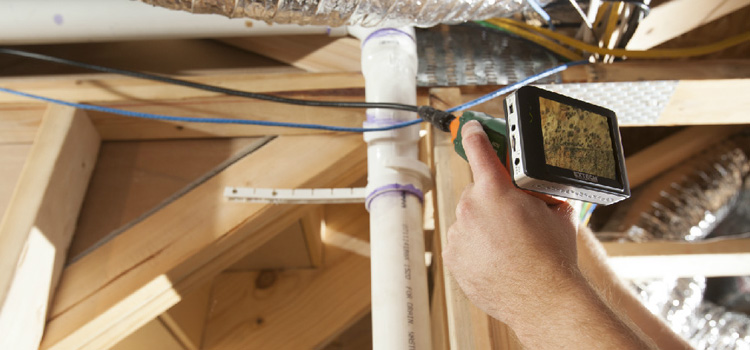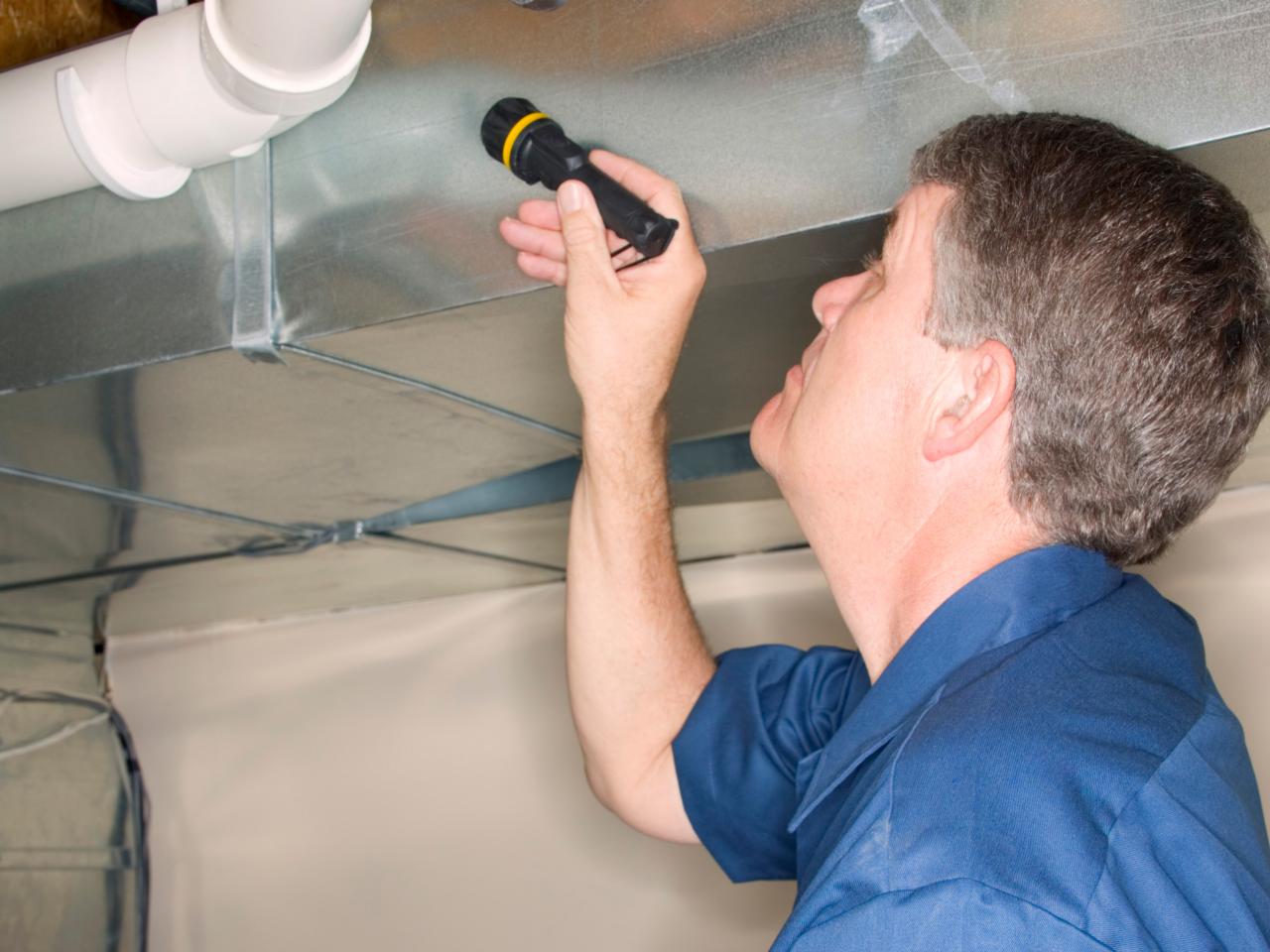After Mold Remediation Methods for Tidy Spaces
After Mold Remediation Methods for Tidy Spaces
Blog Article
Your Ultimate Overview to Article Mold Remediation Techniques
In the results of mold problem, recognizing exactly how to efficiently eradicate the mold and prevent its reoccurrence is paramount for preserving a healthy and balanced interior environment. From choosing the ideal cleansing and sanitizing approaches to implementing methods for lasting mold avoidance, each step in the removal trip plays an essential duty in guaranteeing an effective end result.
Understanding Post-Mold Removal Process
After finishing the mold and mildew removal procedure, it is vital to understand the post-mold removal methods that are required to make certain a comprehensive and efficient cleaning. As soon as the mold and mildew has been eliminated, the next action includes cleansing and decontaminating the influenced locations to stop any type of regrowth of mold and mildew. This includes using specialized cleaning up agents to wipe down surfaces and kill any remaining mold and mildew spores. It is essential to dry the area completely to dissuade the growth of mold in the future (Post Mold Remediation Report). Appropriate ventilation and dehumidification can assist in this procedure.
Moreover, conducting a final examination post-remediation is crucial to guarantee that all mold has actually been effectively eliminated. This assessment ought to entail an extensive aesthetic check along with possibly air tasting to validate the lack of mold spores in the air. Added remediation might be necessary if the assessment reveals any sticking around mold. Lastly, informing owners on safety nets such as managing moisture degrees and quickly resolving any kind of water leakages can aid preserve a mold-free setting.
Efficient Cleansing and Disinfecting Techniques

Preventing Future Mold And Mildew Development

Relevance of Appropriate Ventilation
Correct ventilation plays a crucial duty in stopping wetness buildup, a key variable in mold and mildew growth within interior atmospheres. Efficient ventilation systems help remove excess moisture from the air, lowering the opportunities of mold and mildew spores locating the dampness they require to sprout and spread out. Without adequate ventilation, indoor spaces can become a breeding place for mold and mildew, resulting in potential health risks and architectural damages.
By guaranteeing correct air circulation, ventilation systems can likewise aid in drying out damp areas extra quickly after water damage or flooding occurrences, further discouraging mold and mildew development. Post Mold remediation cleaning. Precede like restrooms, kitchen areas, cellars, and attic rooms where dampness levels tend to be higher, mounting and maintaining efficient air flow systems is critical in avoiding mold and mildew invasions

Surveillance and Maintenance Tips
Offered the important duty that correct ventilation plays in avoiding mold growth, it is navigate to this site necessary to develop reliable surveillance and maintenance tips to make certain the continued capability of ventilation systems. Normal assessments of ventilation systems must be conducted to look for any type of indicators of obstructions, leakages, or breakdowns that could restrain appropriate airflow. Surveillance humidity levels within the home is also crucial, as high moisture can contribute to mold and mildew growth. Setting up a hygrometer can aid track humidity degrees and sharp property owners to any kind of spikes that may call for attention. In addition, making certain that air filters are on a regular basis cleansed or replaced is necessary for keeping the efficiency of the air flow system. Applying a schedule for routine upkeep tasks, such as duct cleansing and heating and cooling system inspections, can assist protect against problems before they intensify. By remaining aggressive and mindful to the problem of ventilation systems, residential or commercial property owners can successfully minimize the danger of mold regrowth and preserve a healthy indoor environment.
Final Thought
Finally, post-mold remediation strategies are essential for making sure a tidy and risk-free setting. Comprehending the process, carrying out effective cleansing and sanitizing approaches, avoiding future mold development, keeping appropriate ventilation, and normal tracking are all critical actions in the removal process. By complying with these standards, you can effectively eliminate mold and mildew and stop its return, working or advertising a healthy living area for all owners.
In the results of mold problem, knowing how to effectively eradicate the mold and mildew and stop its reoccurrence is critical for keeping a healthy indoor setting. Once the mold has been removed, the following step includes cleaning and disinfecting the affected areas to stop any kind of regrowth of mold - Post Mold Remediation. After getting rid of visible mold and mildew development, it is crucial to clean up all surface areas in the damaged area to get rid of any kind of staying mold spores. To better enhance mold avoidance procedures, it is vital to resolve underlying concerns that originally led to mold growth.Provided the essential role that proper air flow plays in stopping mold and mildew growth, it is important to establish efficient tracking and upkeep pointers to make sure the ongoing functionality of ventilation systems
Report this page